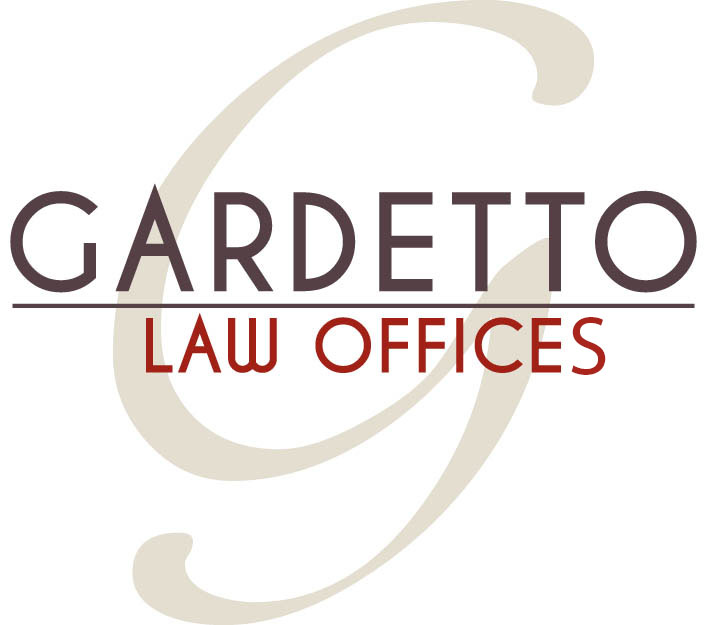State
The Principality of Monaco is a hereditary and constitutional monarchy under the rule of law.
The present Constitution, adopted on 17th December 1962 and amended by Law no. 1.249 of 2nd April 2002 on Monaco becoming a member of the Council of Europe, stipulates in Article 2:
“The Principality is a State governed by the rule of law and committed to respecting fundamental liberties and rights”
Executive power is exercised by the Prince.
The Minister of State, assisted by the Government Councillors, is directly responsible to the Prince, not to the national Council (parliament of the Principality), for the administration of the State.
Judiciary powers are exercised by the courts and tribunals.
Legislative power is exercised by the Prince and the National Council.
The right to initiate legislation lies with the Prince.
The National Council votes on laws and may also propose legislation.
The National Council is made up of twenty-four members elected for five-year terms by universal suffrage of all citizens of Monegasque nationality aged eighteen and over.
The National Council sits twice yearly in two ordinary sessions, each lasting a maximum of three months.
Monaco on the international stage
The Principality of Monaco is a member of major international organisations such as: the UN (United Nations), the OSCE (Organisation for Security and Cooperation in Europe), the WHO (World Health Organization) and UNESCO (United Nations Educational, Scientific and Cultural Organization).
The Principality joined the Council of Europe on 5 October 2004. Rulings by Monegasque courts may thus be brought before the European Court of Human Rights once all domestic avenues of legal recourse have been exhausted.
Monaco is not a member of the European Union but certain European standards are applicable in Monaco by virtue of treaties signed with France.
Geographic situation
The Principality of Monaco is situated in Europe, south of France.
The Principality’s land area of 202 hectares stretches along a 4 kilometre-wide coastal strip along the Mediterranean and adjoins many municipalities in the Alpes-Maritimes department of France
Geographic unity of State and municipality
The Principality of Monaco is unique in that there is no geographical distinction between the borders of the municipality (commune) and those of the State.
The municipality is largely divided into four quarters (quartiers):
> Monaco-Ville: site of the old city on what is known locally as the “Rocher” (the rock), home to the Palace, the Palais de Justice (courthouse), the National Council, the Ministry of State, the Cathedral and the Oceanographic Museum.
> Monte-Carlo: the quarter around the Casino.
> La Condamine: this quarter includes the Port Hercule, one of Monaco’s two ports, which recently built a new embankment offering moorings for the biggest cruise ships.
> Fontvieille: the quarter was reclaimed from the sea, adjacent to a marina and an industrial zone, and features a housing and sports complex.
Population
The Principality is particularly cosmopolitan in its population, with residents of almost 125 different nationalities.
The most recent census, taken in 2008, showed 31,109 inhabitants, of whom 7,634 were Monegasque, 10,029 French, 6,596 Italian and 2,666 British.
Other communities are also well represented, including Belgians, Swiss, Germans and Americans.
Religion
The official religion is Roman Catholicism (article 9 of the Constitution).
Freedom of religion is guaranteed, however, under article 23 of the Constitution.
